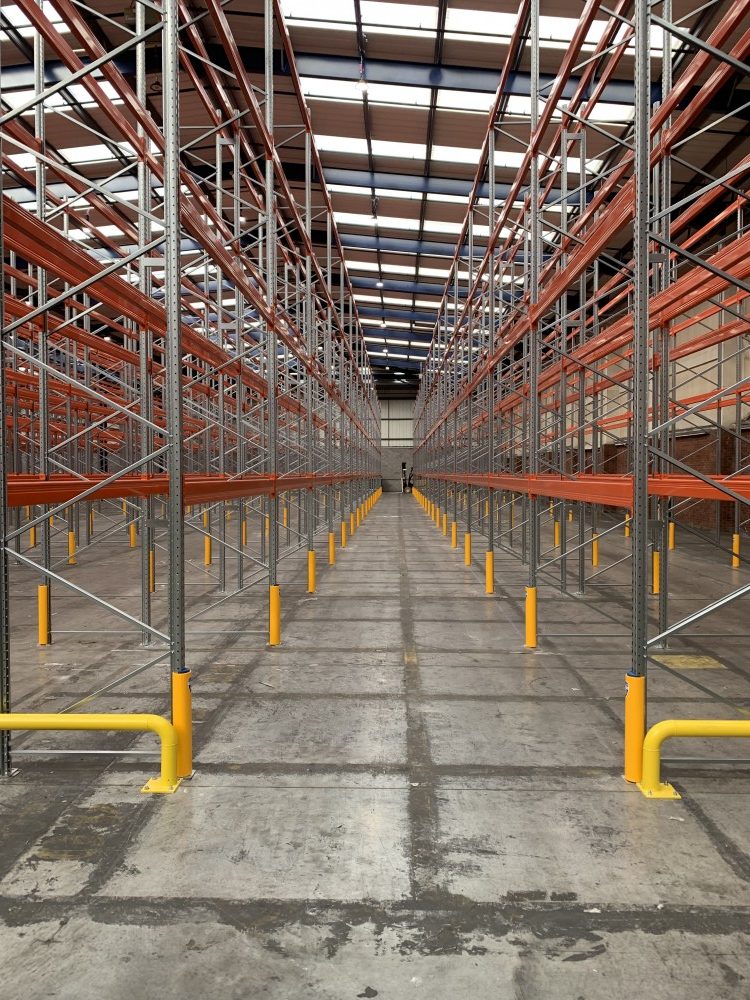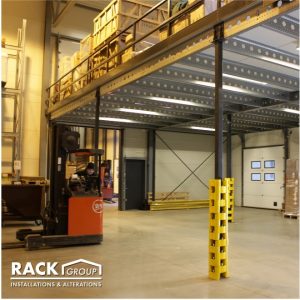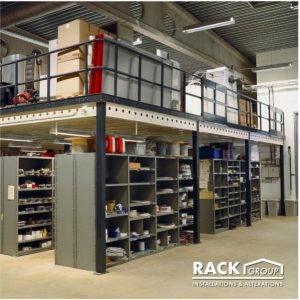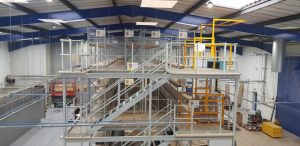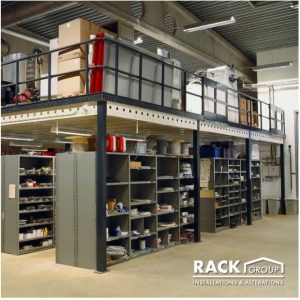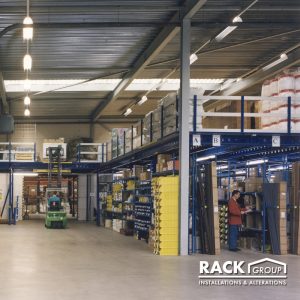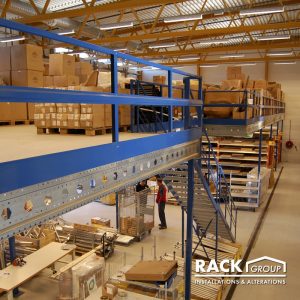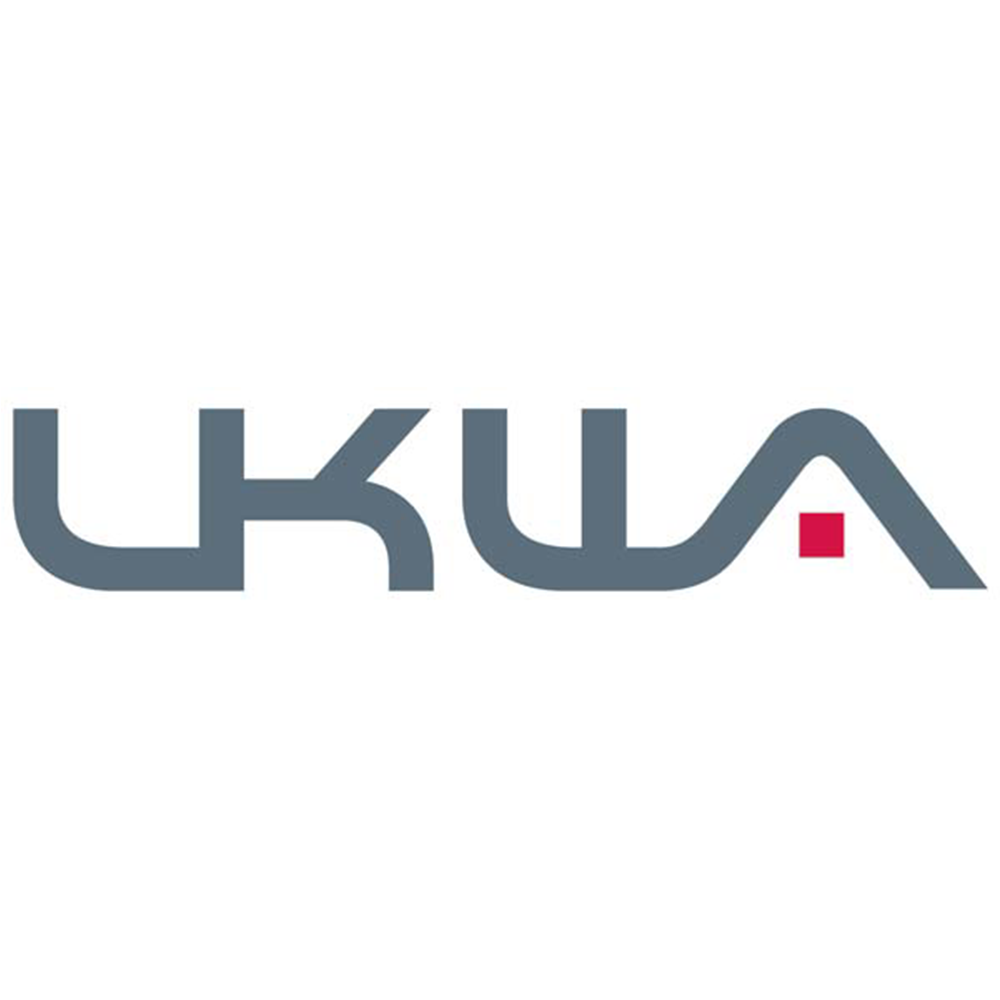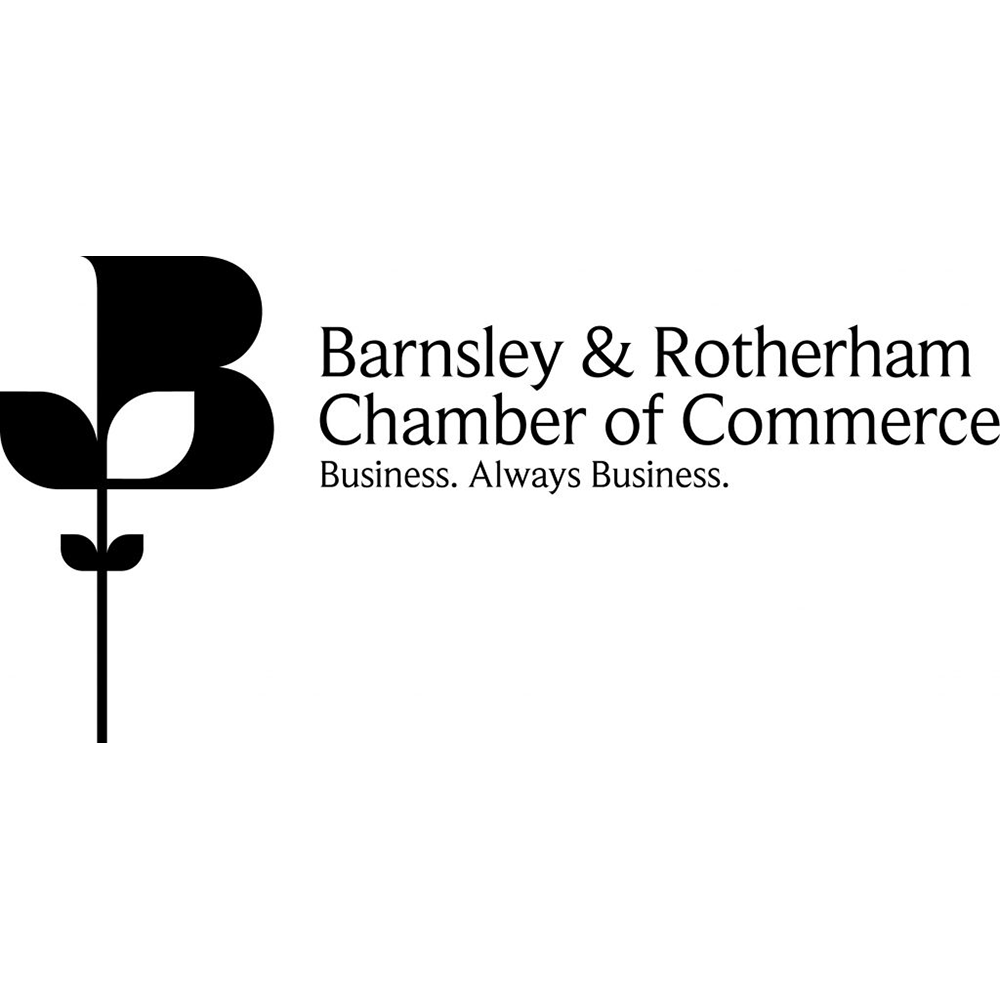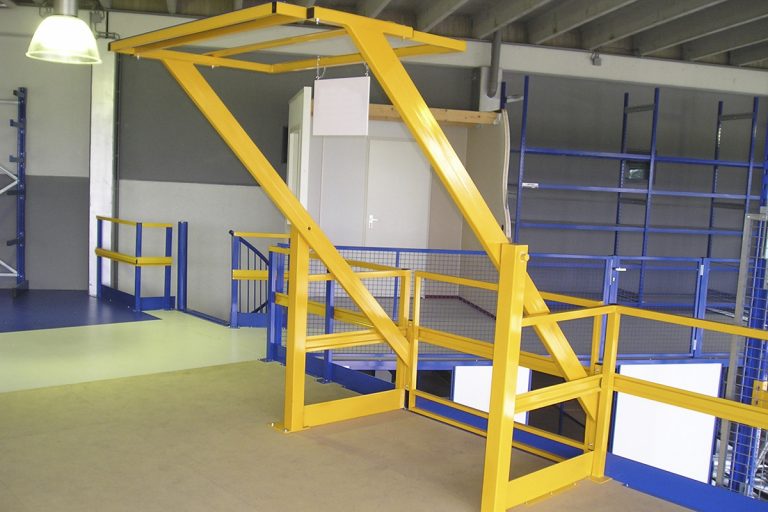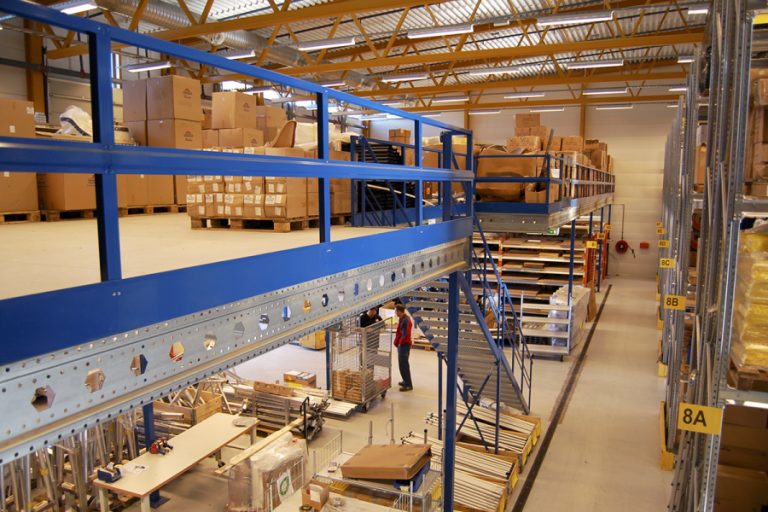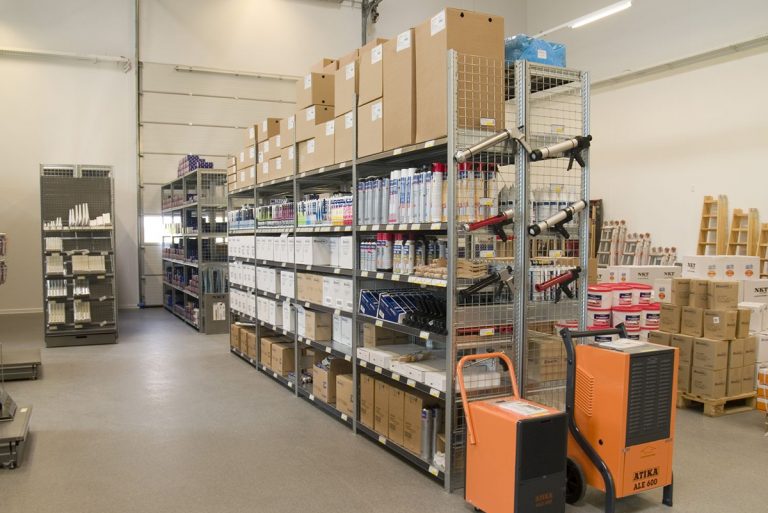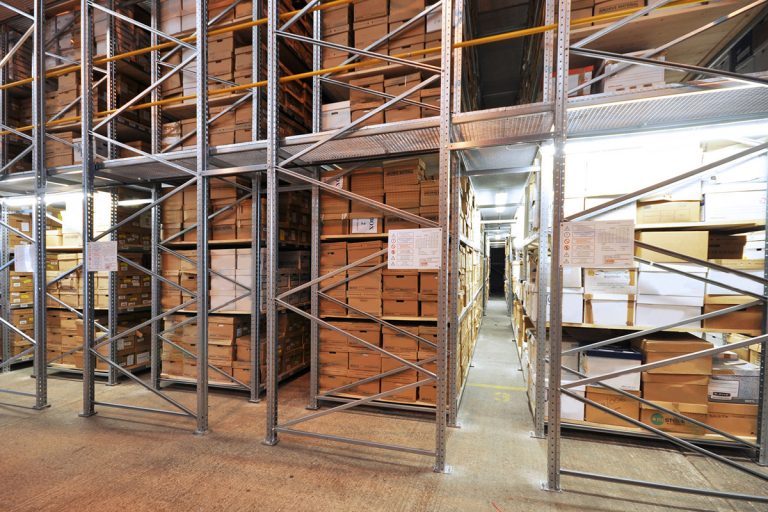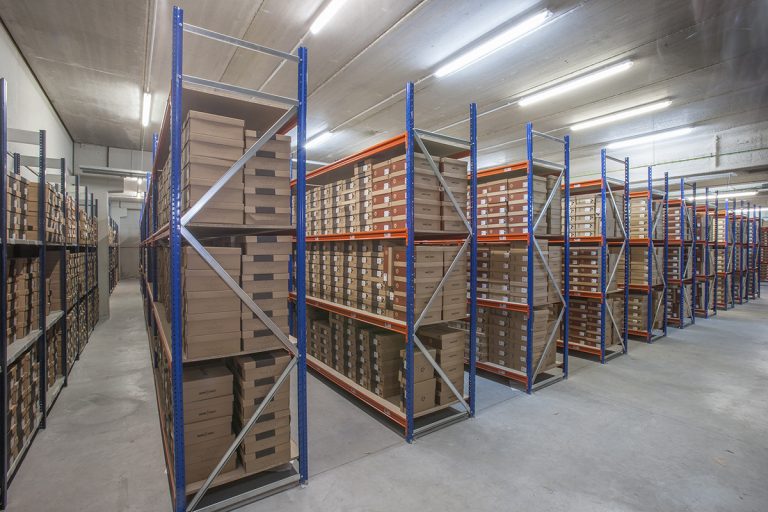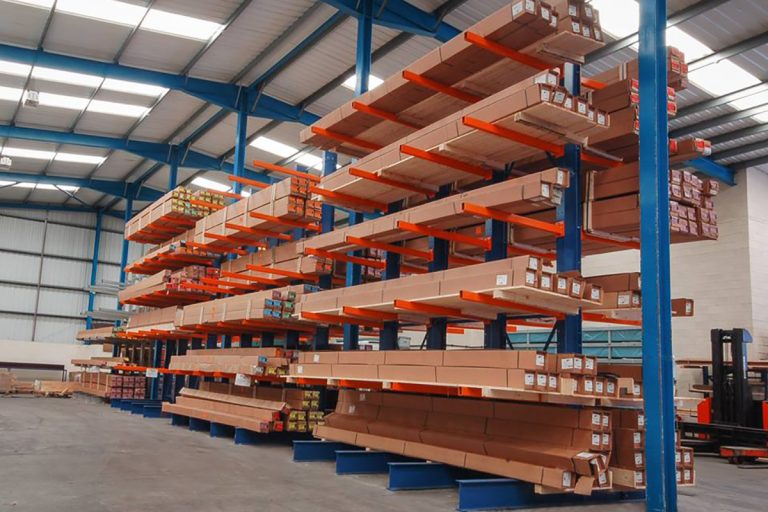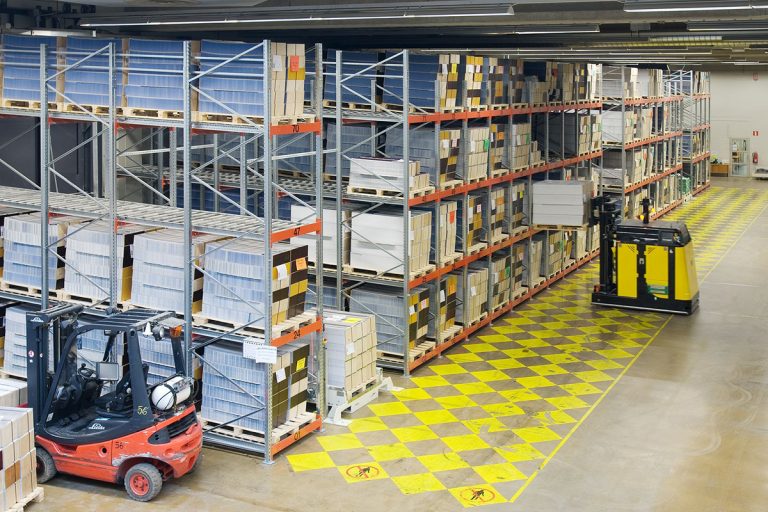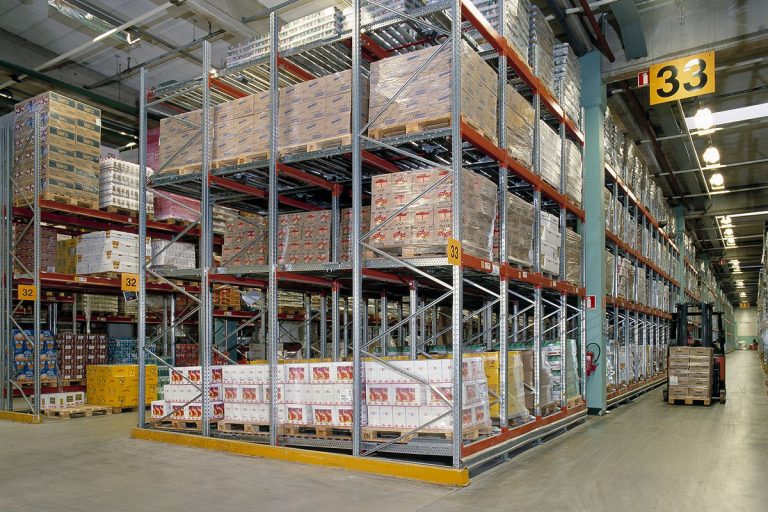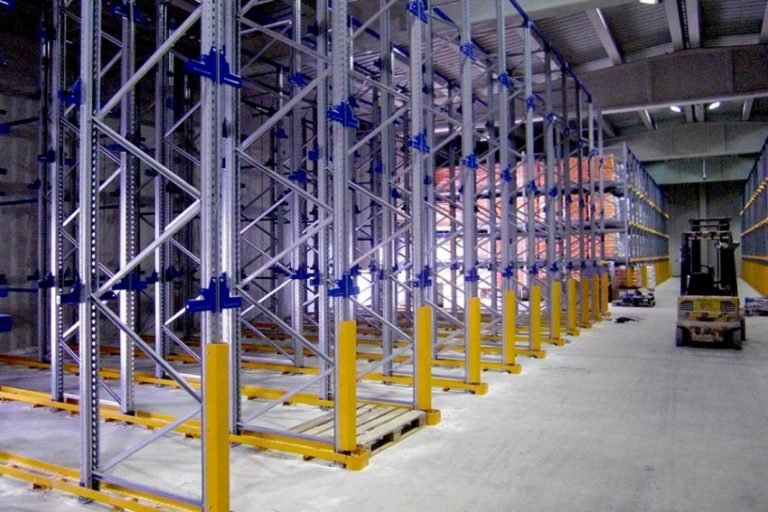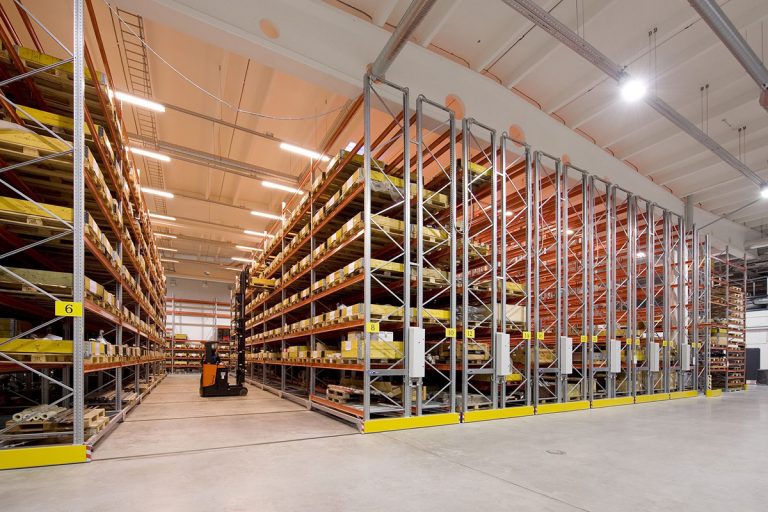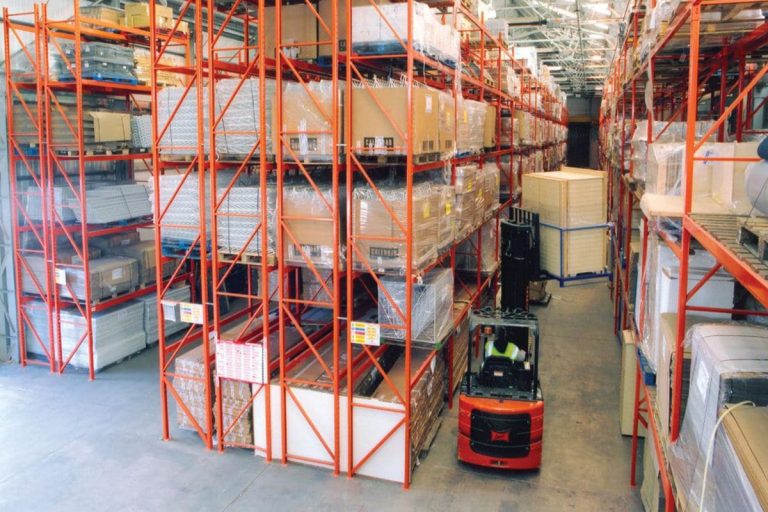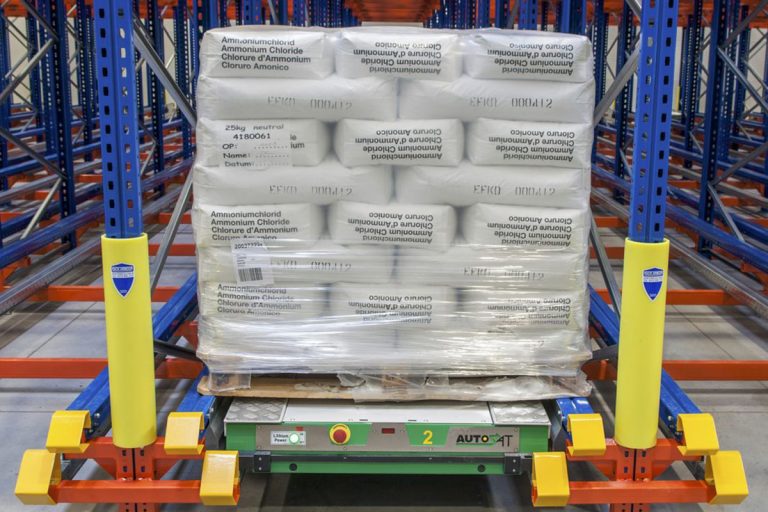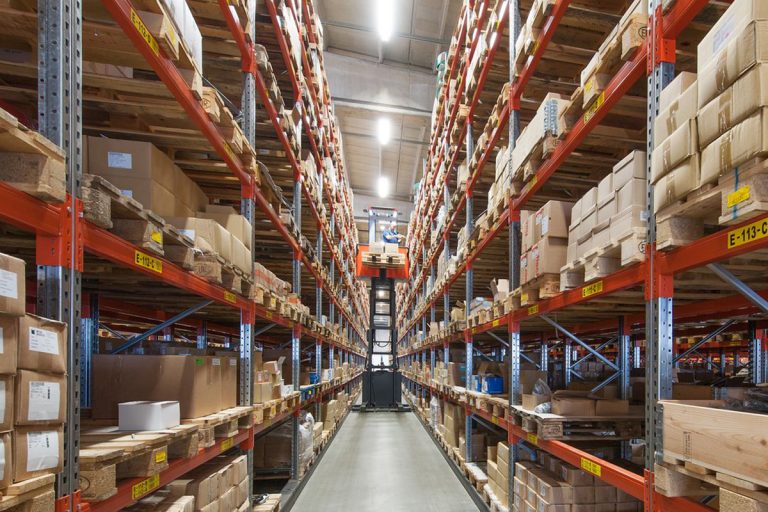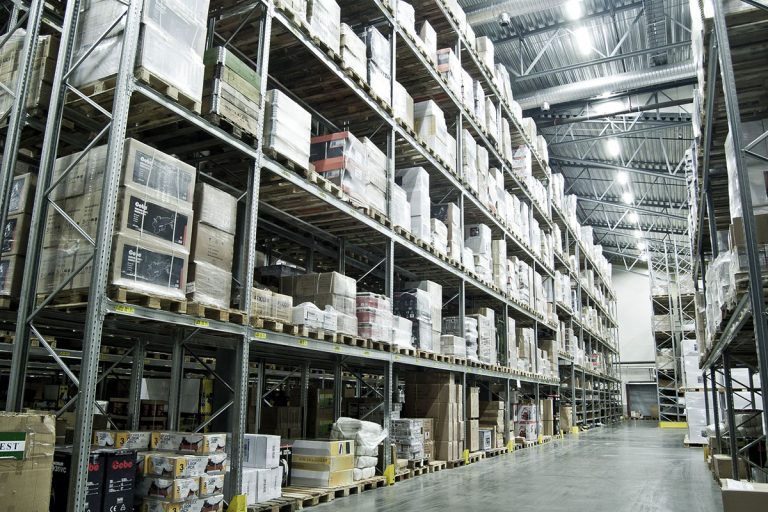Maximising Warehouse Efficiency: Racking Installation and Strategic Relocation to Optimise Storage Capacity
At Rack Group, we specialise in maximising warehouse efficiency through storage design, racking installation, and optimisation, helping businesses make the most of their available space. Our latest project involved both a new pallet racking installation and a push-back racking relocation, ensuring our customer could store their stock more efficiently, improve warehouse flow, and enhance their overall operational productivity.
With over 40 years of experience in racking solutions, we understand how crucial it is to maximise storage density while maintaining accessibility and compliance. This project is a prime example of how strategic relocation and a well-planned racking installation can increase warehouse efficiency. Below, we share how this project successfully increased our customer’s storage capacity and streamlined their operations.
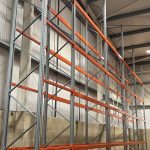
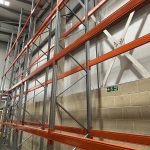
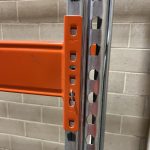
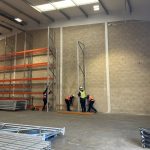
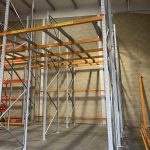
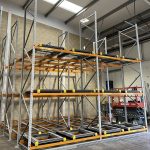
New Pallet Racking Installation – Expanding Storage Capacity
As businesses grow, so do their storage needs. The customer required an increase in storage capacity within their main warehouse. To achieve this, we installed new pallet racking units along the warehouse walls, making use of available vertical space while keeping aisles clear for efficient stock movement. This racking installation was designed to ensure seamless stock handling and workflow improvements.
Optimised Use of Available Space
By placing the new racking against the far warehouse walls, the design ensured that previously underutilised space could be used for storage while maintaining clear operational areas. This approach increases stock density without compromising workflow efficiency, which is a critical aspect of maximising warehouse efficiency.
Increased Storage Capacity
The additional pallet racking units allowed the customer to increase stock levels within their main warehouse, ensuring they could store and access products more efficiently. This is particularly important for businesses handling large volumes of inventory, as it helps them keep up with demand without requiring additional floor space.
Improved Warehouse Organisation and Compliance
Every new racking installation must be designed with efficiency and safety in mind. To enhance both, the racking was equipped with:
- Racksack® – Organised waste management to keep aisles and storage areas free from debris, maintaining a safe working environment.
- Bay Markers – Clear labelling to help warehouse staff quickly locate and retrieve stock, reducing picking times and minimising errors.
- Weight Load Notices – Ensuring regulatory compliance by displaying maximum load capacities, reducing the risk of overloading and structural damage.
- Rack Armour® – Protecting racking uprights from forklift and pallet truck impacts, extending the lifespan of the racking.
Results of the Installation: By implementing these well-planned storage solutions, the customer can now hold more stock, improve order fulfilment speeds, and reduce congestion in the warehouse. This project is a testament to how a properly executed racking installation can enhance overall efficiency.
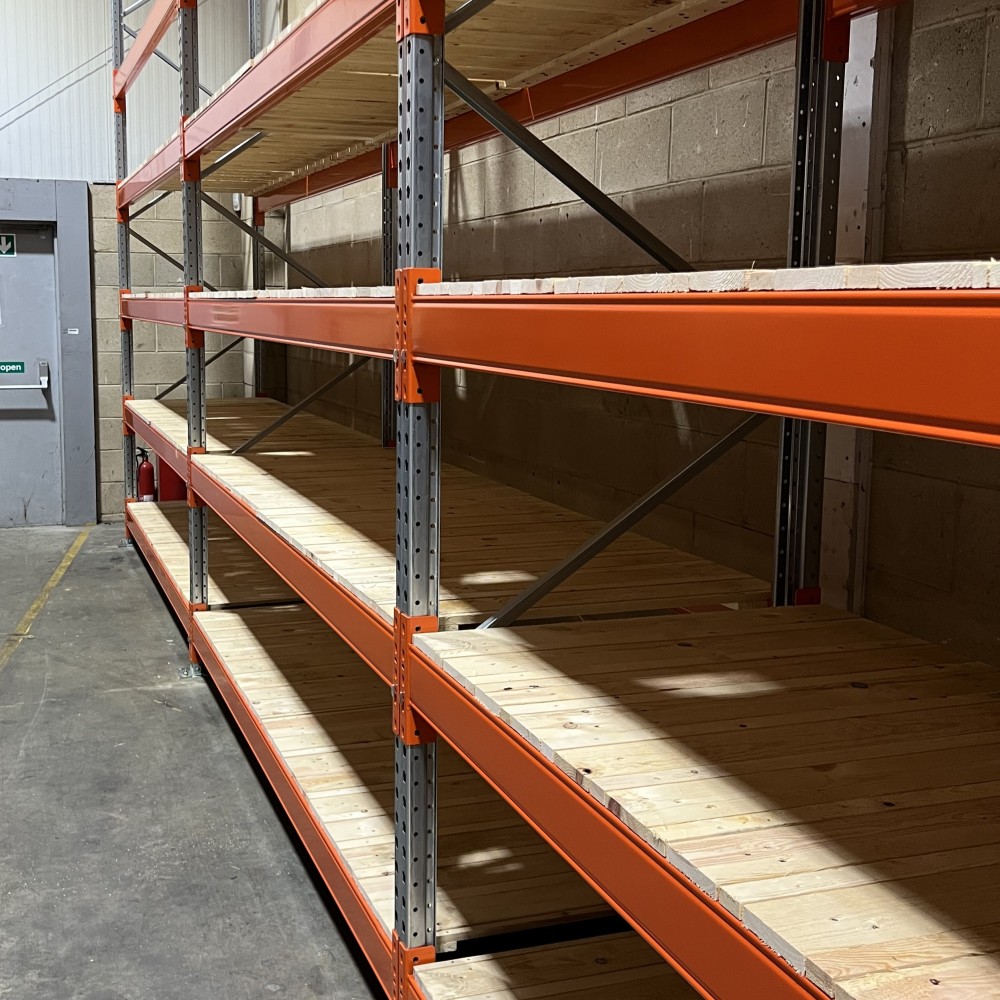
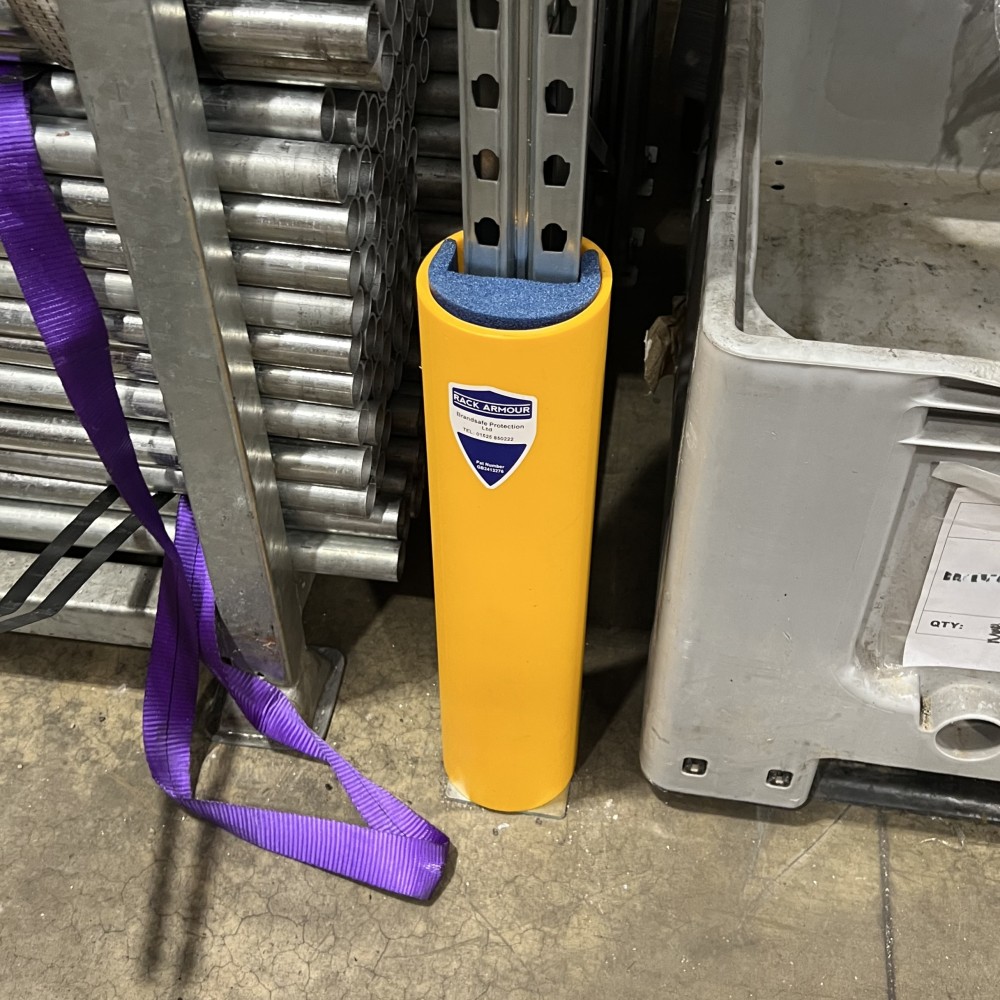

Push-Back Racking Relocation – Unlocking Space and Efficiency
While adding new storage is important, reconfiguring existing racking can be just as beneficial when it comes to improving warehouse efficiency. This strategic relocation project played a key role in optimising the customer’s available space.
Our customer needed to relocate their push-back racking system while also reducing the number of bays from eight to four. This move was necessary to accommodate a new process within the warehouse, ensuring smoother operations while maintaining optimal storage capacity.
Strategic Repositioning for Improved Workflow
The racking relocation allowed the customer to free up space for a new process, while keeping essential storage capacity intact. This strategic move created a more streamlined warehouse layout, allowing staff and equipment to move more freely without obstruction maximising warehouse efficiency. The efficiency gained from this racking relocation underscores the value of a well-planned storage system.
Increased Storage Capacity Within the Warehouse
By repositioning the push-back racking, the customer could consolidate stock more effectively, reducing the need for additional expansion while still maintaining easy access to inventory. Research by the Warehouse Education and Research Council (WERC) shows that optimised warehouse storage solutions can improve operational efficiency by up to 25%, proving the impact of a well-planned racking relocation.
Better Use of High-Density Storage
Push-back racking is an excellent solution for businesses looking to store multiple pallets per lane while maintaining efficient stock rotation. By reducing the bays and strategically repositioning the racking, the customer was able to:
- Maximise high-density storage by reducing aisle space and storing multiple pallets deep in a single lane.
- Improve inventory rotation with a last-in, first-out (LIFO) system, ensuring a continuous flow of goods.
- Optimise warehouse footprint by making the best use of available space while keeping stock easily accessible for staff.
Results of the Relocation: This project not only freed up space for the customer's new process, but also ensured their main warehouse could handle more stock, reduce congestion, and improve overall warehouse operations. This successful racking relocation demonstrates the importance of strategic planning in warehouse efficiency.
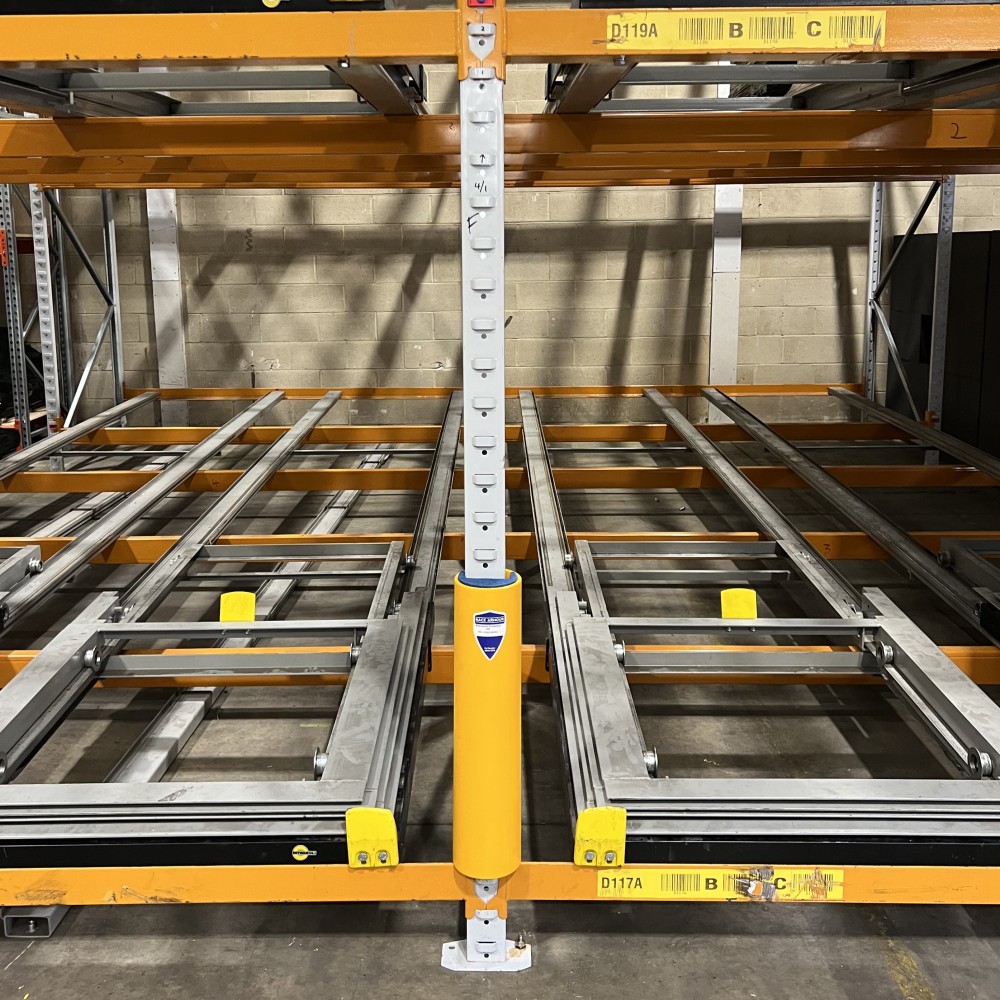
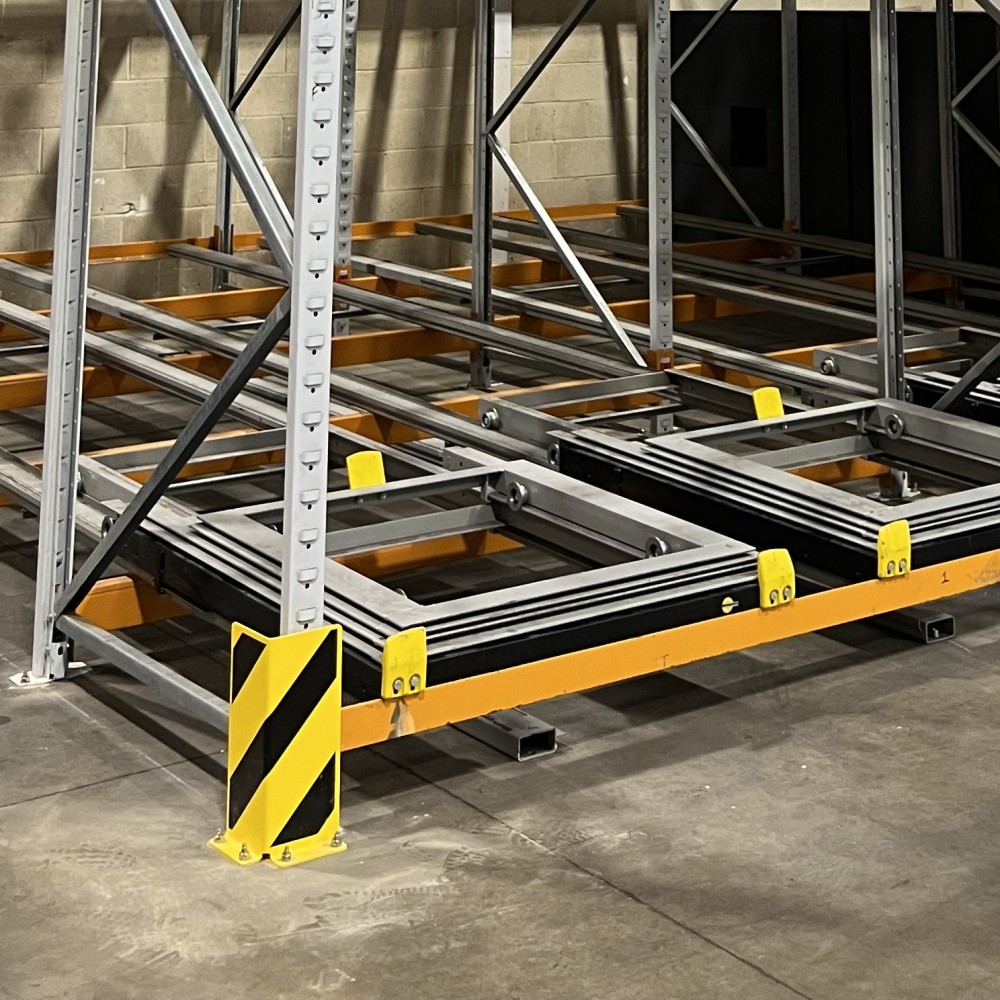
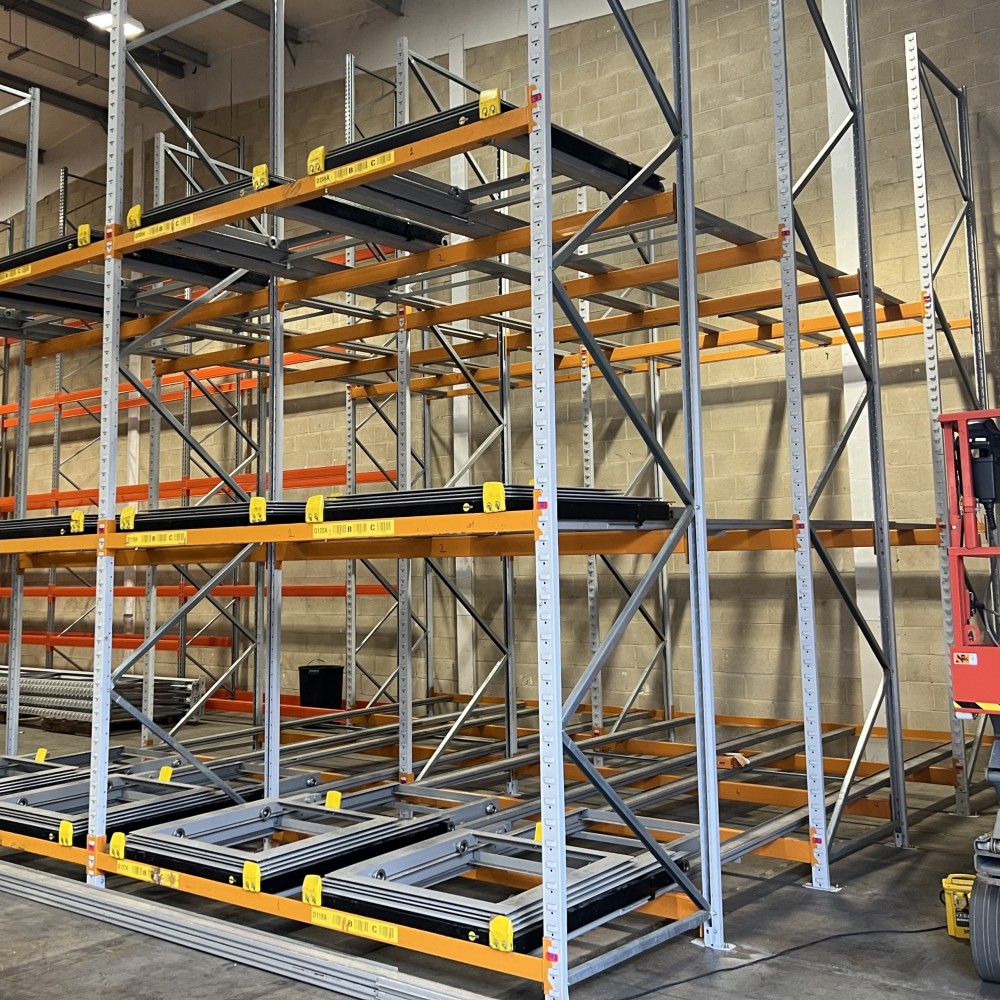
Enhancing Warehouse Safety with Floor Rail Bumpers – Now 50% Off: Only £38.50 (While Stocks Last)!
Alongside racking installations and relocations, warehouse safety is a top priority. To help businesses protect their racking, machinery, and walkways, we’re currently offering a limited-time discount on our Safety Yellow Floor Rail Bumpers.
Why Choose Floor Rail Bumpers?
- Impact Absorption – Crafted from durable HDPE, these bumpers help absorb and deflect forklift and pallet truck impacts.
- Cost-effective Protection – Prevents costly damage to racking and machinery, reducing downtime and maintenance costs.
- Space-saving Design – The compact size integrates seamlessly into warehouse layouts without obstructing workflow.
Stock is limited, so take advantage of this offer before it’s gone!
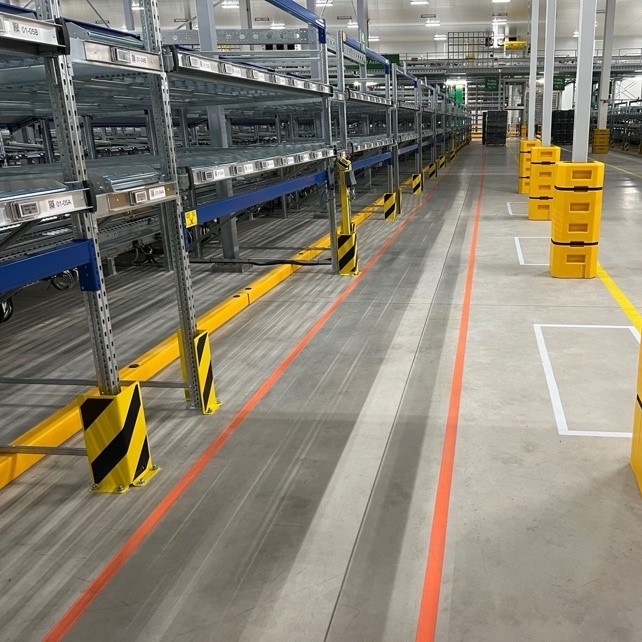
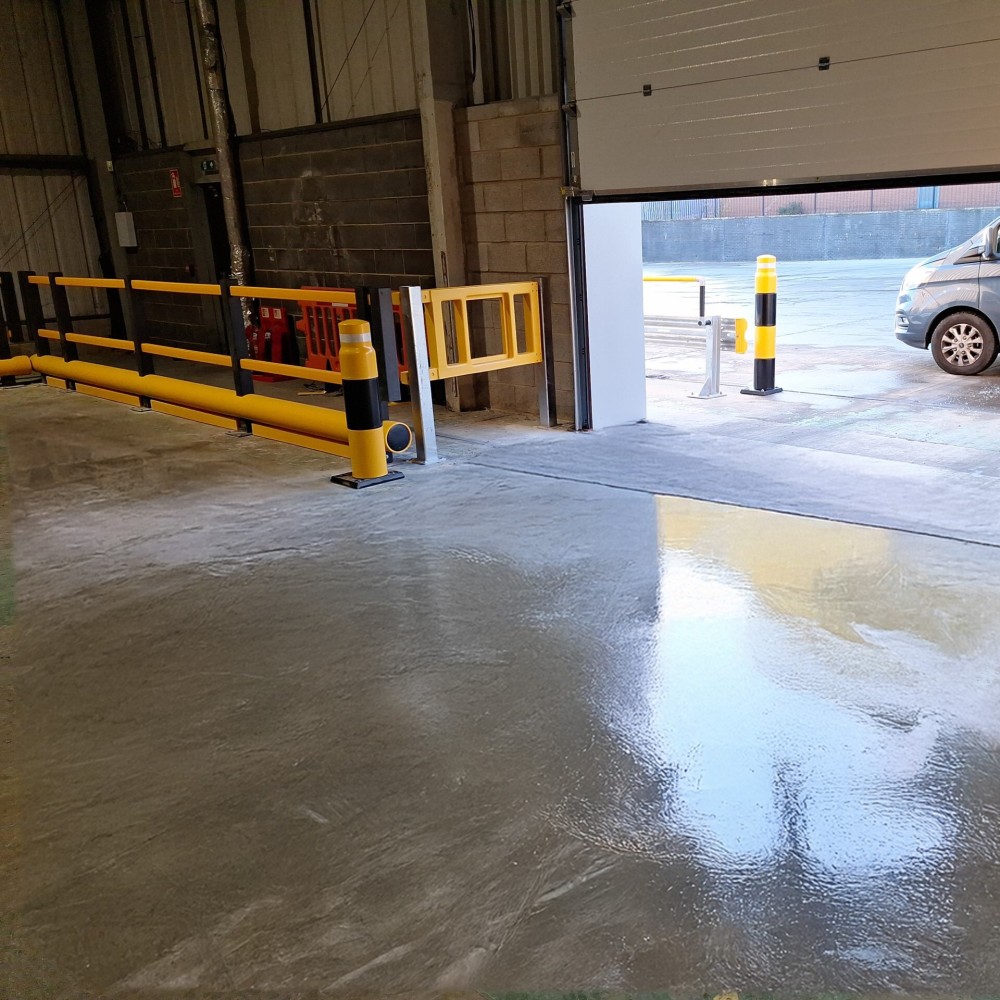
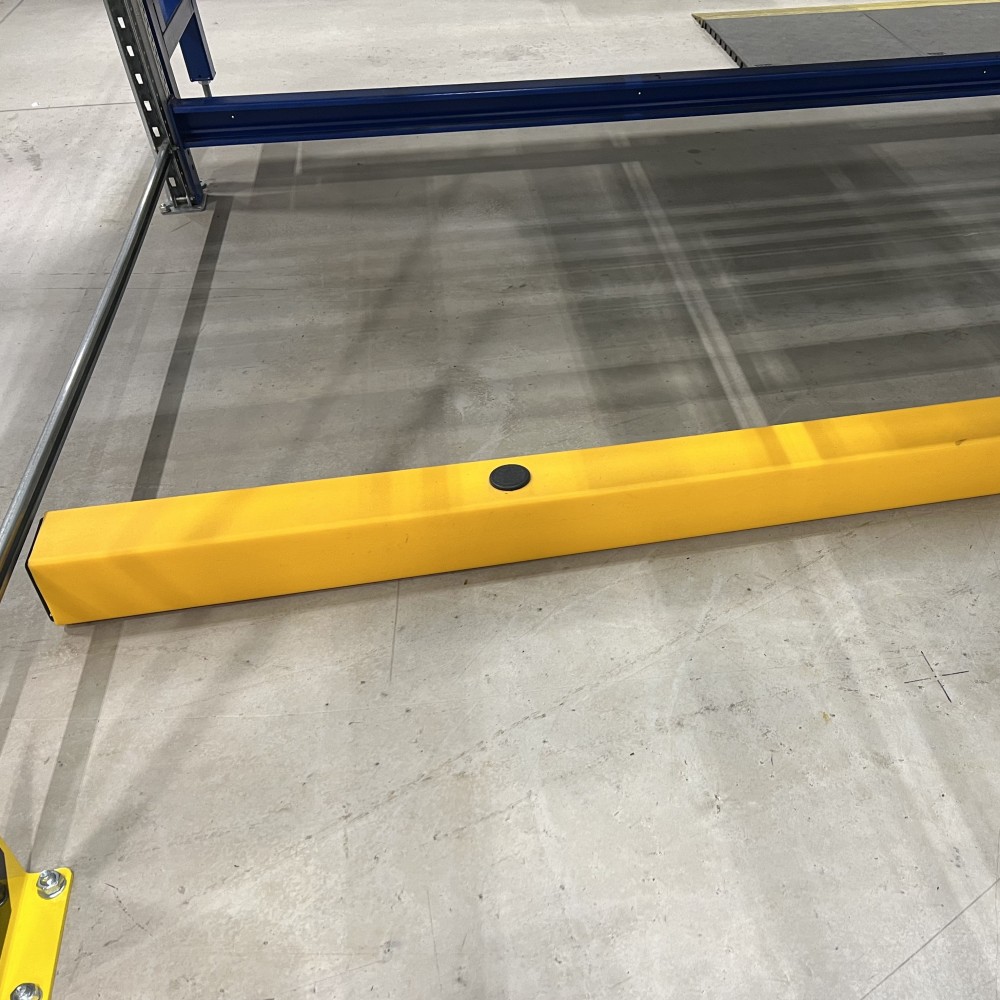
Final Thought – Is Your Warehouse Storage Working for You?
Every warehouse is unique, and achieving optimal efficiency requires storage solutions that align with your specific operational needs. Whether you are expanding, relocating, or reassessing your current systems, ensuring that your racking and storage infrastructure supports both productivity and safety is essential.
At Rack Group, we provide expert guidance and tailored solutions to help you optimise your warehouse, offering:
- Professional consultation on racking design, installation, and relocations.
- Bespoke storage solutions designed to maximise space and operational efficiency.
- Comprehensive safety and compliance products to protect infrastructure and ensure regulatory adherence.
Beyond storage solutions, we deliver a full suite of warehouse safety services, including SEMA-approved racking inspections, maintenance, repairs, impact protection, and staff training. These services help minimise downtime, extend the lifespan of your racking systems, and enhance overall workplace safety.
If you are looking to expand your storage capacity, improve warehouse efficiency, or enhance safety measures, our team is here to assist. Contact Rack Group today to discuss how we can support your business in creating a safer, more efficient warehouse environment.
Discover More About Rack Group
Rack Group, as part of IWS Group, is driven by a commitment to safety, innovation, and customer satisfaction. Whether you need expert installations and alterations or tailored safety solutions, Rack Group is your trusted partner for optimising warehouse operations.
We offer a comprehensive range of services, including pallet racking inspections, rack inspection services, racking inspection training, and a racking inspection course to ensure your warehouse remains compliant and efficient. Our expertise extends to racking inspections, maintenance and repairs, training, impact protection, and warehouse and racking accessories.
Explore our services and products to ensure your racking systems meet the highest safety standards. View our case studies to see how we’ve helped businesses prevent costly disruptions and enhance operational safety. For the latest insights, check out our blog and contact us today to learn how Rack Group can support your warehouse safety needs.
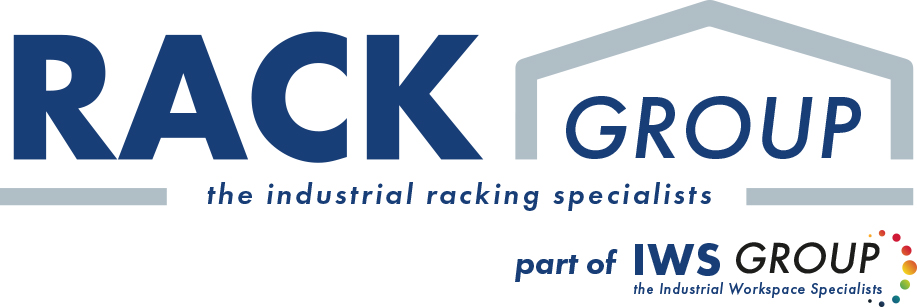

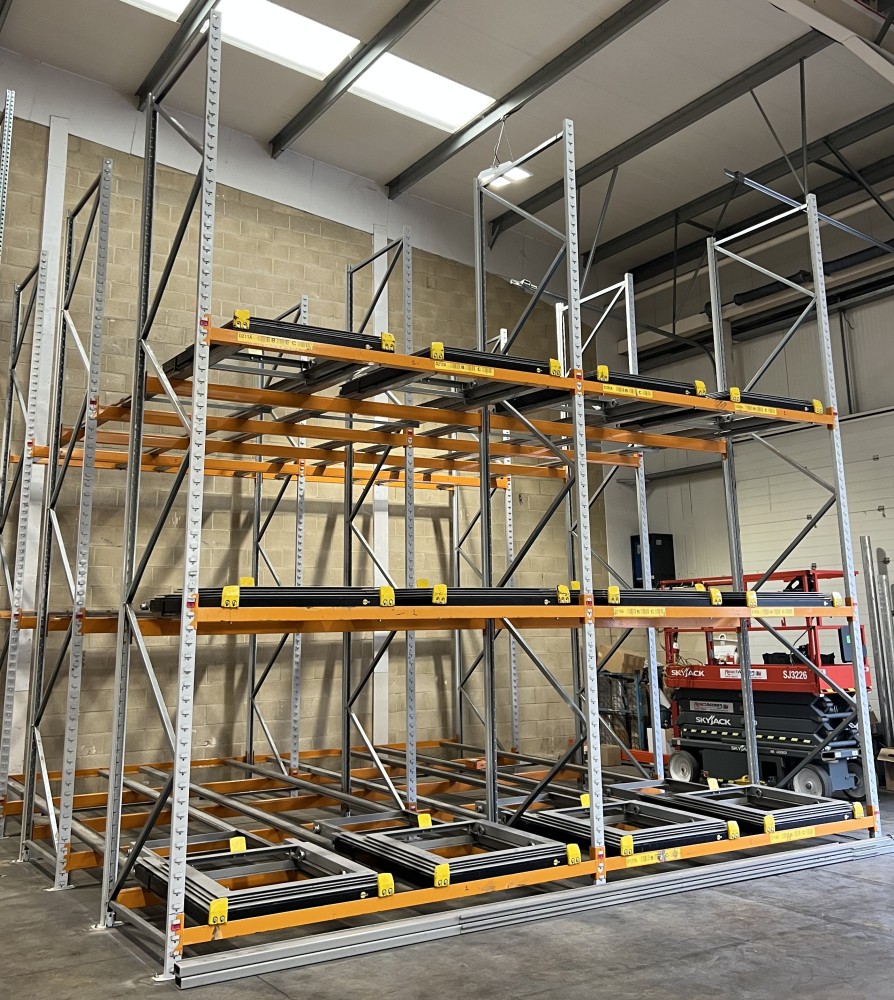
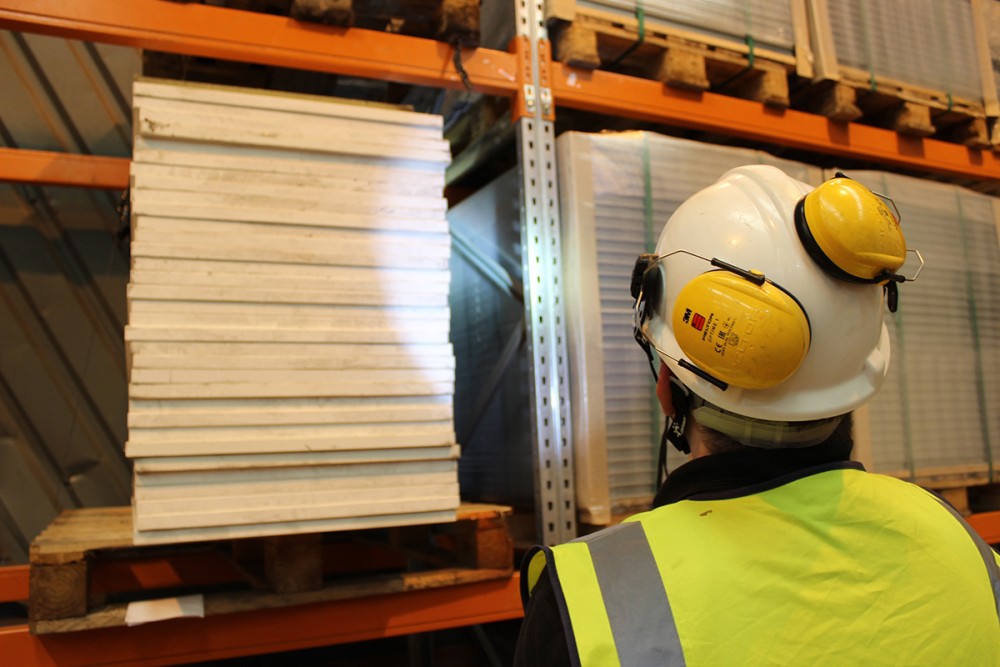
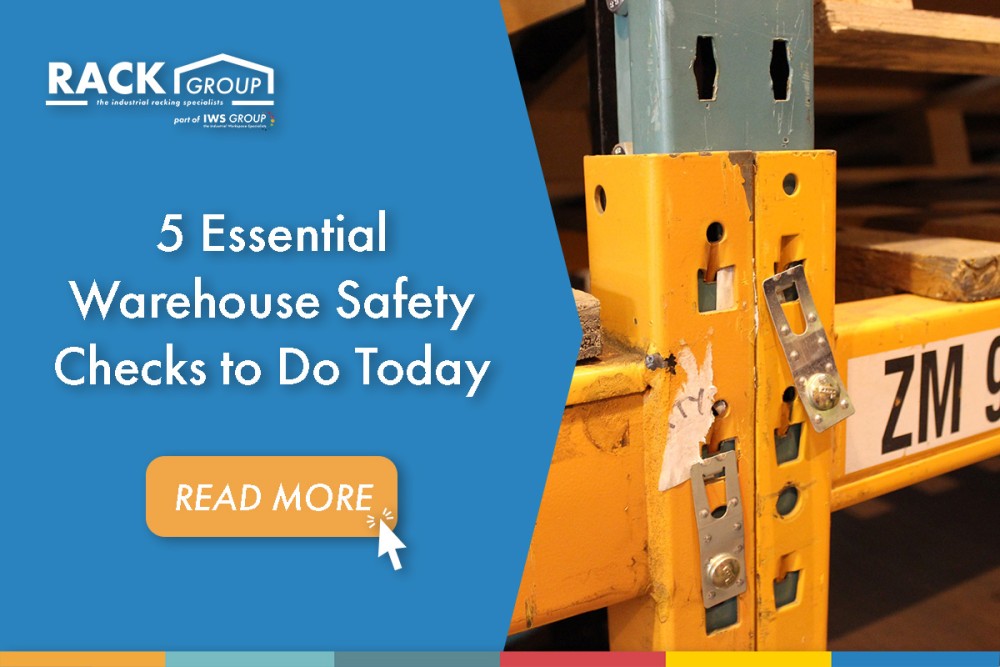
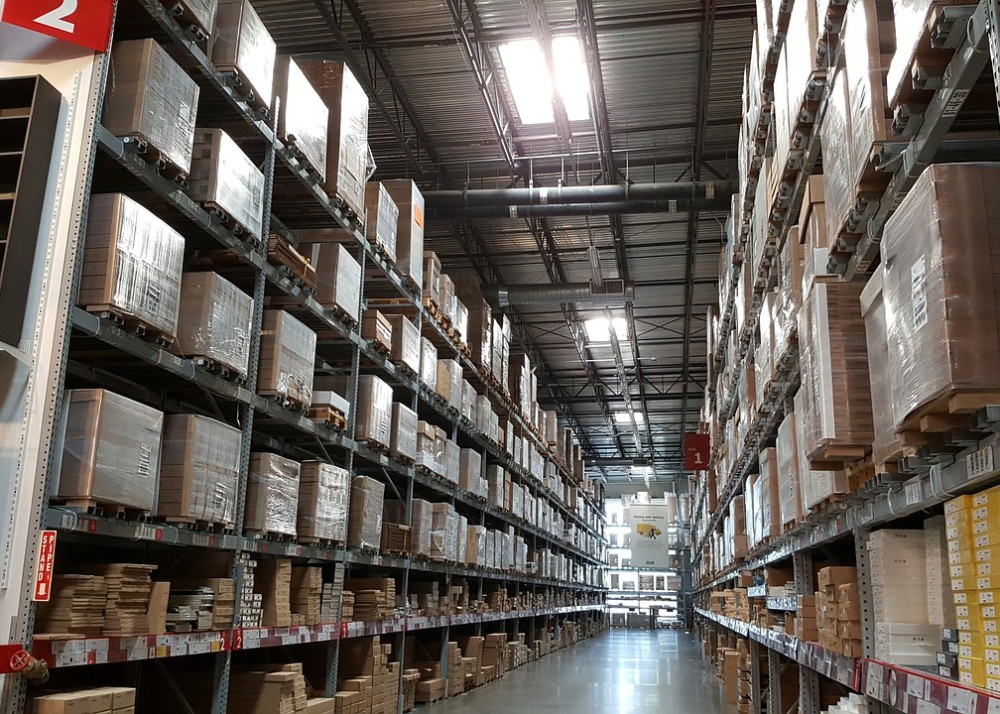
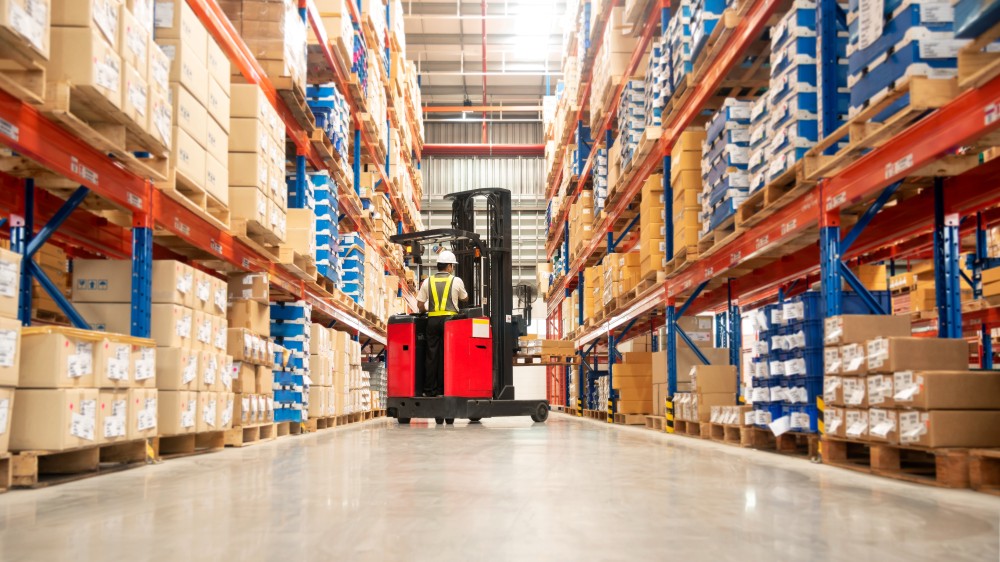
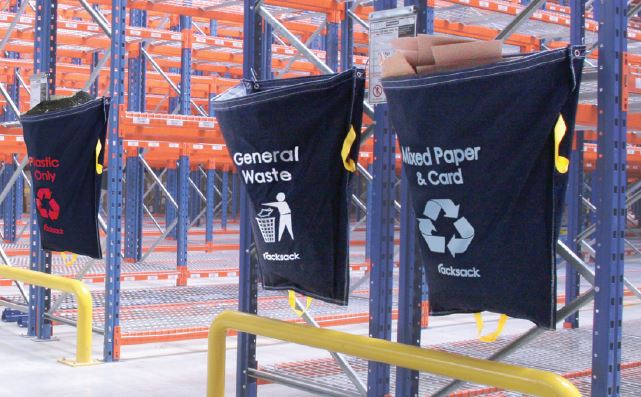


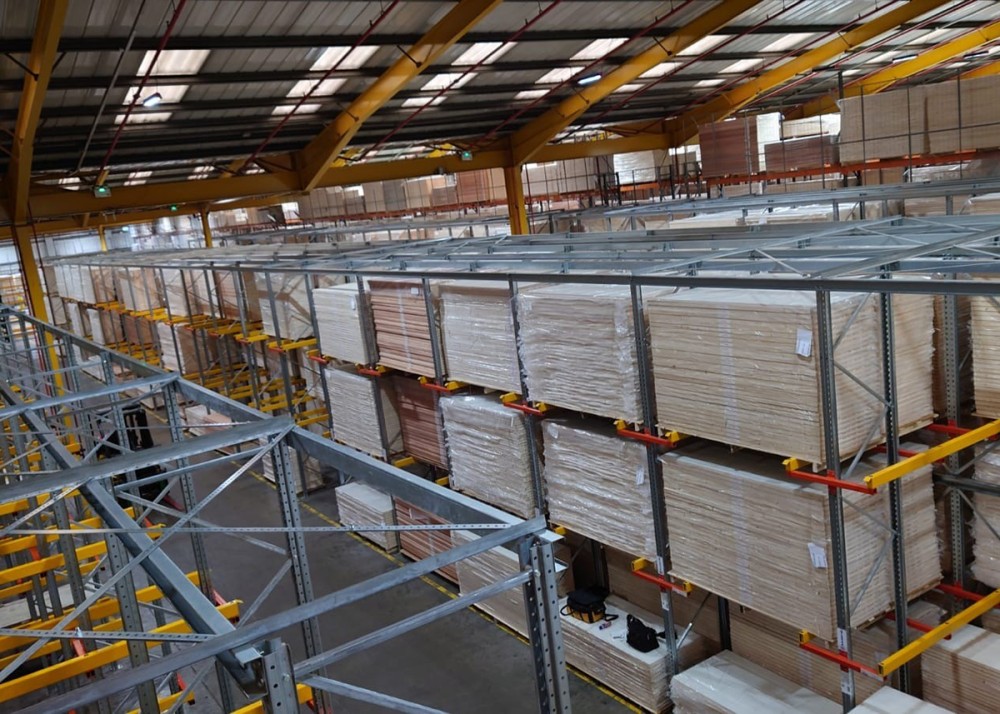


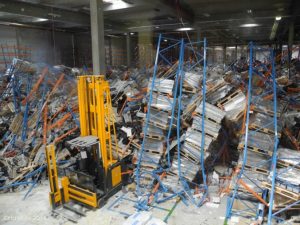

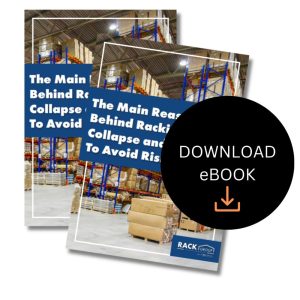 In conclusion, mitigating the risk of racking collapse is a multi-faceted approach that relies on professional installation, regular maintenance, and diligent inspections. Equally important is providing thorough training to warehouse teams to recognize potential hazards and respond swiftly to ensure a safe and secure workplace environment. By implementing these strategies, warehouse managers can proactively protect their facility, personnel, and valuable inventory from the threat of racking failures.
In conclusion, mitigating the risk of racking collapse is a multi-faceted approach that relies on professional installation, regular maintenance, and diligent inspections. Equally important is providing thorough training to warehouse teams to recognize potential hazards and respond swiftly to ensure a safe and secure workplace environment. By implementing these strategies, warehouse managers can proactively protect their facility, personnel, and valuable inventory from the threat of racking failures.

